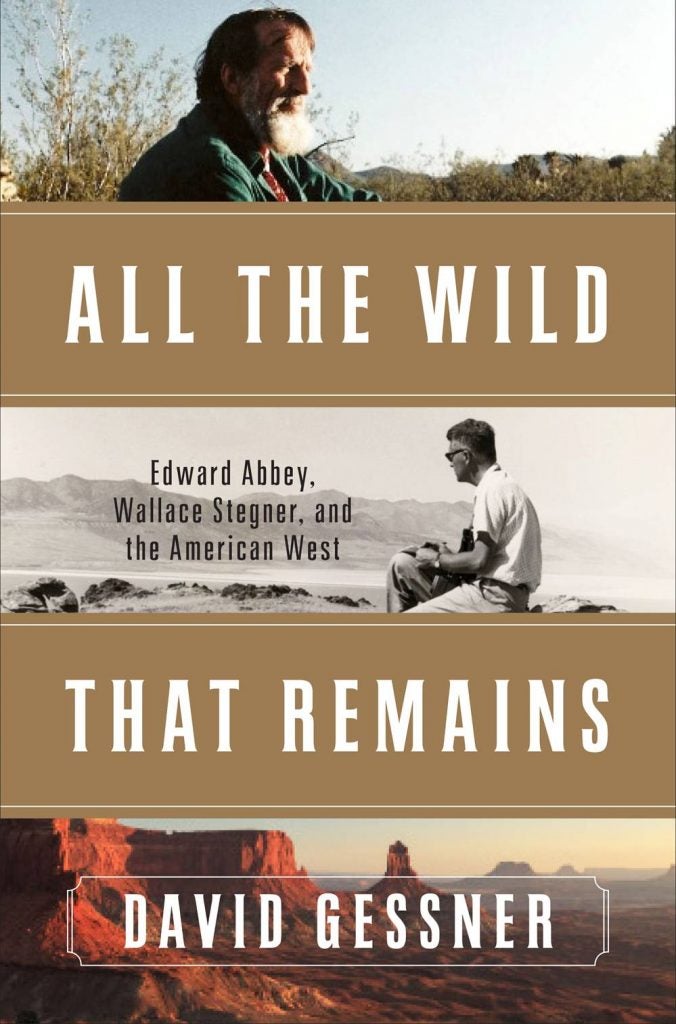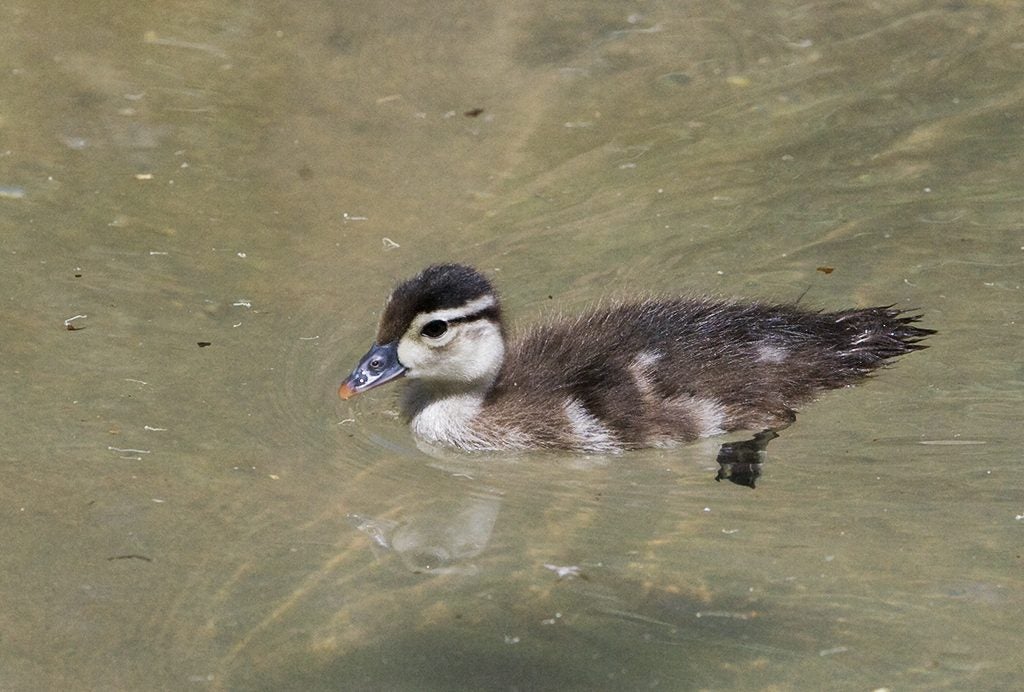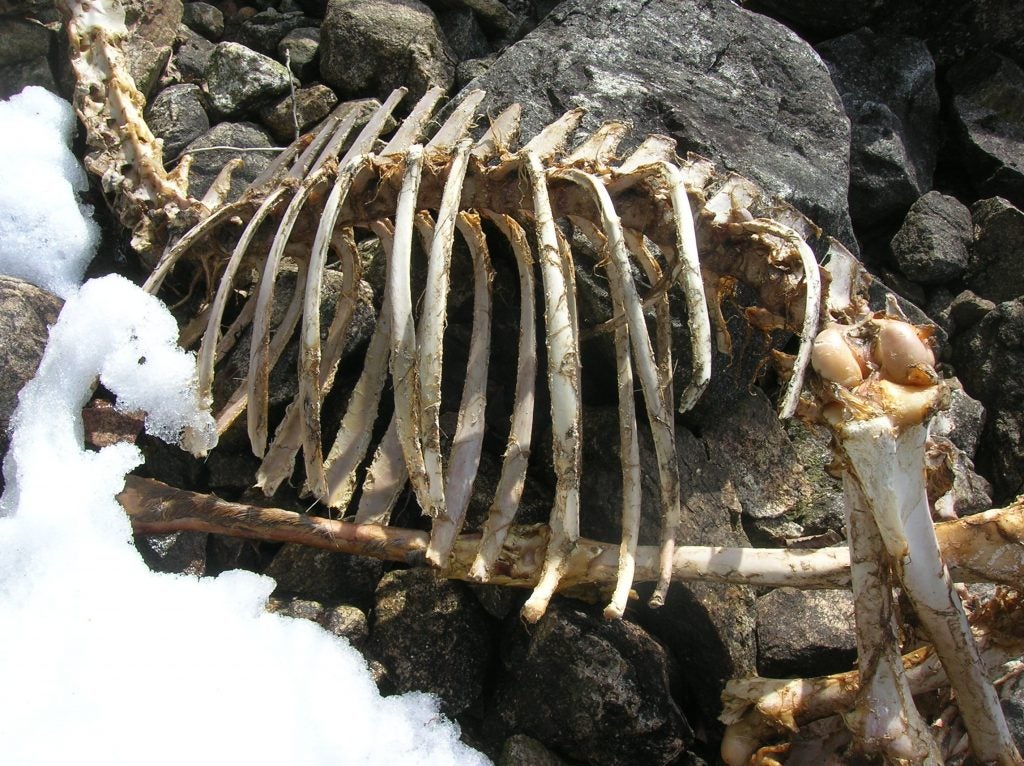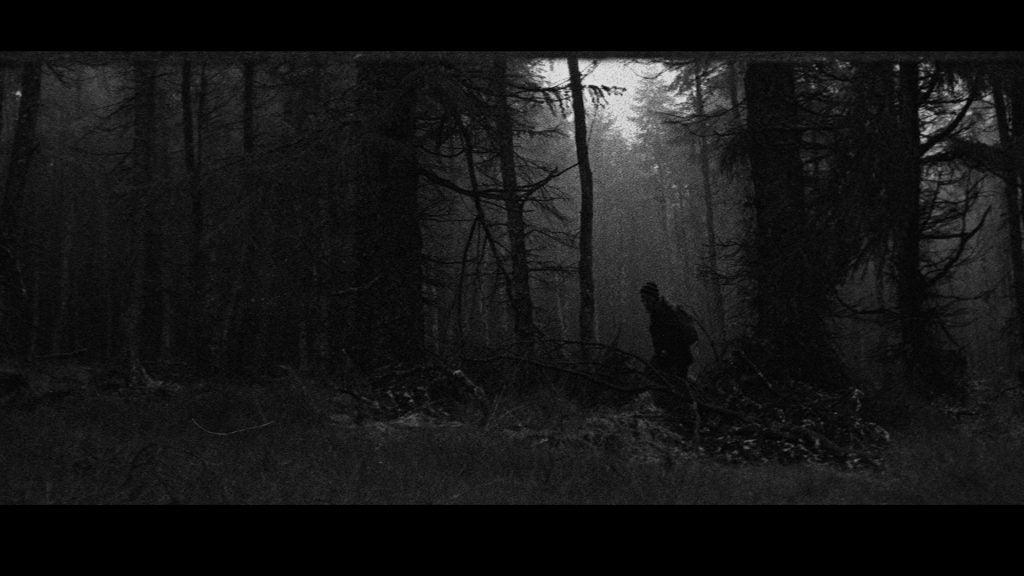My Life Aquatic
They’re curious, the Ballard Locks. Here, Seattle’s main freshwater lakes, Lake Washington and Lake Union, mix and mingle with the salty inland sea of Puget Sound. The Ballard Locks connect the bodies. They are intricately engineered to move hulking commercial ships, tugs, and barges—as well as smaller pleasure crafts and kayaks, up and down a 26-foot elevation. But this infrastructure was also designed to prevent damage to the freshwater ecosystem and salmon. The locks are an important part of the region’s maritime history since 1916, and with more than a hundred thousand boats, over a million tons of transported cargo, and more than one million people visiting annually, the Ballard Locks are also an intricate mix and mingle of human life.
They’re curious, the Ballard Locks. Here, Seattle’s main freshwater lakes, Lake Washington and Lake Union, mix and mingle with the salty inland sea of Puget Sound. The Ballard Locks connect the bodies. They are intricately engineered to move hulking commercial ships, tugs, and barges—as well as smaller pleasure crafts and kayaks, up and down a 26-foot elevation. But this infrastructure was also designed to prevent damage to the freshwater ecosystem and salmon. The locks are an important part of the region’s maritime history since 1916, and with more than a hundred thousand boats, over a million tons of transported cargo, and more than one million people visiting annually, the Ballard Locks are also an intricate mix and mingle of human life.








